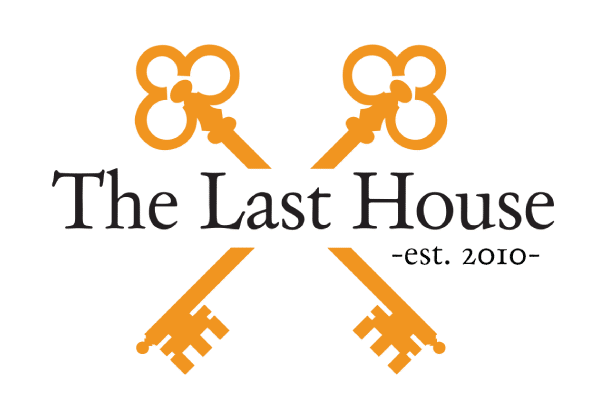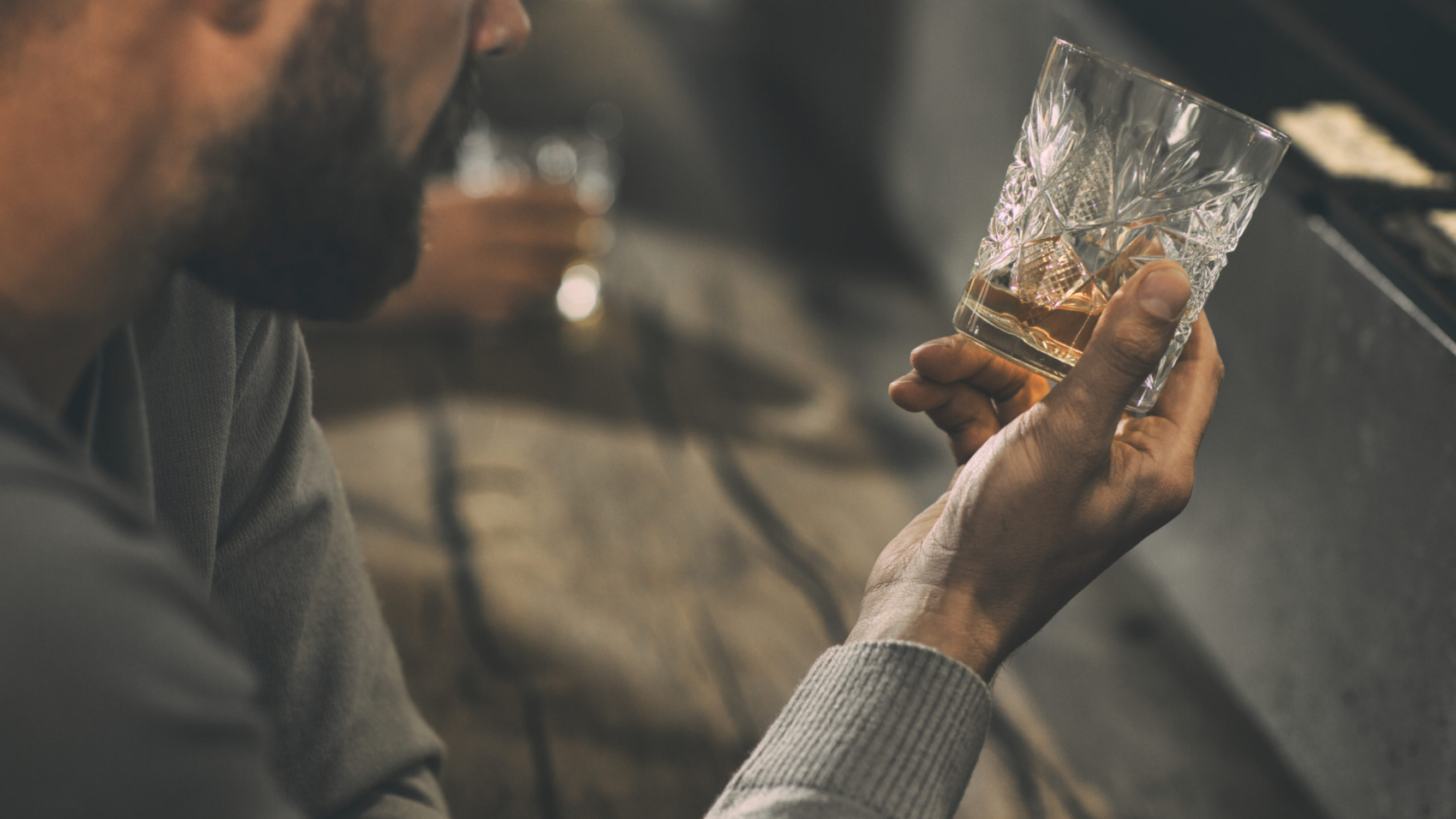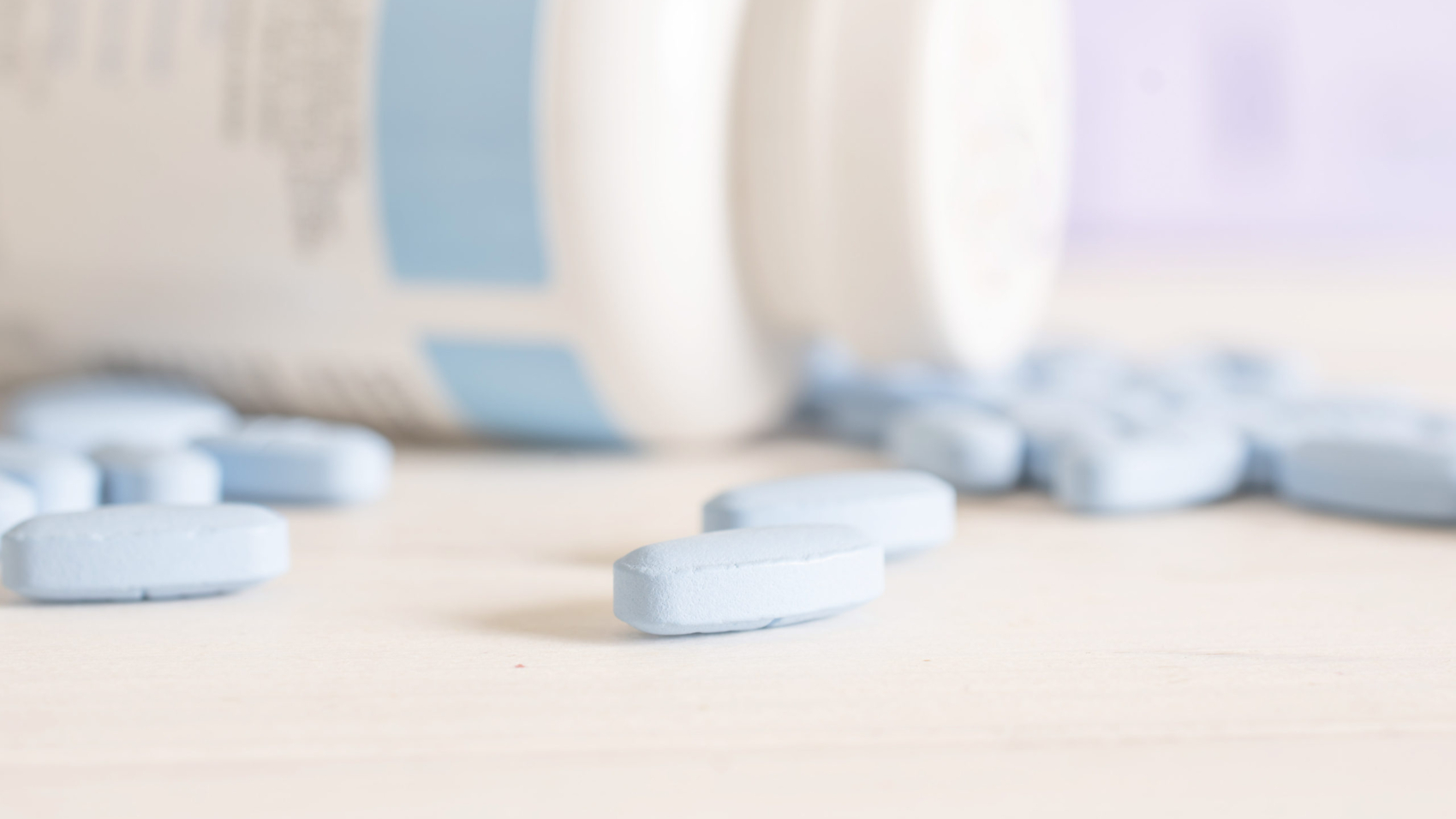Your mental health can be impacted by a great number of things within and outside of your control. Asking for help is something within your control.
The Last House provides mental health treatment and sober living in Los Angeles, California. Our mission is focused on providing a safe, fun, and program-oriented setting that helps our clients achieve their mental health and life foals. Contact us if you are ready to make a change for the betterment of your future, today.
What Is Mental Health?
Mental health encompasses our emotional, psychological, and social well-being and just like physical health, many illnesses and physical situations can impact our mental health.
For a long time, there has been a stigma about mental illness and getting therapeutic treatment or counseling has been judged or mocked. But now, mental health initiatives are working to combat the stigma around mental health.
Mental Health America released a 5-minute Guide to Men’s Mental Health, citing 6 million men struggling with depression in the United States. It also indicates that 1 in 5 men will struggle alcohol dependency in their lifetime and that the suicide rates for men are far higher than those of women. These mental illnesses are just that, illnesses that require medical treatment.
If you are unsure if you or a loved one are struggling with a mental health disorder, the National Institute of Mental Health indicates the following warning signs:
- Anger, irritability, or aggressiveness
- Noticeable changes in mood, energy level, or appetite
- Difficulty sleeping or sleeping too much
- Difficulty concentrating, feeling restless, or on edge
- Increased worry or feeling stressed
- Misuse of alcohol and/or drugs
- Sadness or hopelessness
- Suicidal thoughts
- Feeling flat or having trouble feeling positive emotions
- Engaging in high-risk activities
- Aches, headaches, digestive problems without a clear cause
- Obsessive thinking or compulsive behavior
- Thoughts or behaviors that interfere with work, family, or social life
- Unusual thinking or behaviors that concern other people
If you are experiencing these behavior changes or have noticed these warning signs in a loved one, contact The Last House today for an evaluation. Our experienced and compassionate team are ready to support individuals on a safe path of recovery.
What Are the Different Mental Health Resources for Men?
Men are less likely to get mental health support than women due to social norms, a reluctance to talk, and because of downplaying symptoms. Knowing this, rehabilitation and mental health facilities have worked to develop interactive opportunities for men to access mental health resources.
In TIP56, a treatment improvement protocol from the Substance Abuse and Mental Health Services Administration, a 200+ page document on improving mental health practices for men, multiple mental health professionals pooled their knowledge to create and improve mental health treatment for men. Mental health resources like therapy, according to TIP56, are best provided in group therapy, single-gender groups for men, group activities that promote community building, individual therapy, and family and couples therapy are recommended.
How Can The Last House Help?
The Last House provides a continuum of support through multiple male mental-health focused programs. Through sober living, activity based therapeutic outings, and our clinical campus, our clients have the opportunity to develop a positive mental health structure focused on achieving their goals and sobriety.
Our 2020 Outcomes Study showed that of the respondents we supported over the last several years, 87% had maintained sobriety and 80% of those individuals had been sober for over a year at the time of survey. Our former clients indicated greatly improved family relationships, employment statuses, satisfaction with life, educational goals, and emotional wellbeing.
Contact us today to see how The Last House can be your first step on the journey of recovery.










